These pictures show the two ships used in the VOCALS field campaign.
Images courtesy of NOAA and IMARPE.
Research Ships Used in the VOCALS Campaign
There are two ships in the VOCALS field campaign. Both of the ships carry many special scientific instruments. Scientists use those instruments to make measurements of the clouds and the air above them. They also use the instruments to study the sea below them. At the same time, satellites and aircraft fly overhead and take other measurements. The scientists compare the measurements from the satellites, aircraft, and ships. It helps them see the "big picture" of what's going on in the VOCALS study area.
One of the VOCALS ships is the Research Vessel Ronald H. Brown. The Ron Brown is owned by the National Oceanic and Atmospheric Administration (NOAA) in the USA. Its home port is Charleston, South Carolina. The ship is named in honor of the former
Secretary of the U.S. Department of Commerce,
Ronald H. Brown.
The second VOCALS ship is from Peru. It is owned by the Instituto del Mar del Perú (IMARPE). The ship's name is the Research Vessel José Olaya Balandra. José Olaya Balandra was a fisherman who became a national hero during Peru's fight for independence from Spain in the early 1800s. The ship's home port is Lima, Peru.
There are also several buoys off the South American coast. The buoys take measurements of the ocean and atmosphere, too. VOCALS also uses data from those buoys.
You might also be interested in:
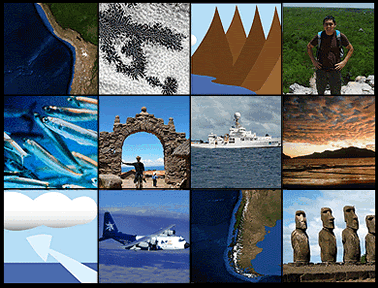
Sometimes scientists have to go far from home to find answers to their questions. Just like you, they have many questions, such as: What types of clouds form over the Pacific Ocean? What instruments should
...more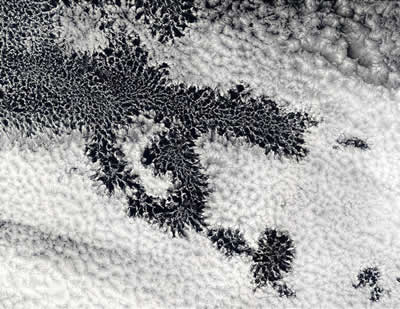
Scientists use satellites in the VOCALS field campaign. They also gather data from instruments on ships and on airplanes. They put the data from the satellites, ships, and aircraft together to get a better
...more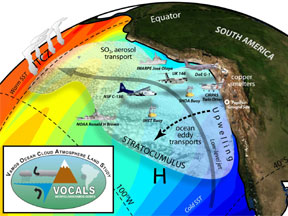
During the month of October 2008, a team of scientists is going to the Southeastern Pacific Ocean and parts of Chile and Peru. They will make observations and take measurements to learn more about how
...more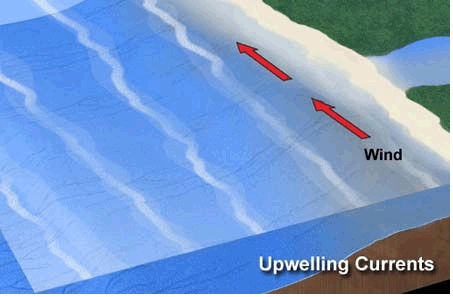
There are many connections between the ocean and the atmosphere in the Southeast Pacific Ocean. Strong winds blow north along the coast of South America. These winds stir up the ocean. That brings cold
...more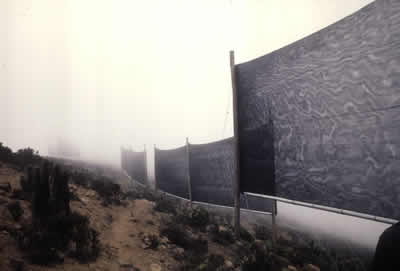
People who live in the Atacama Desert have a hard time finding the water they need. There is very little water there. One place where people get the water they need to survive is from the sky. Fog fills
...more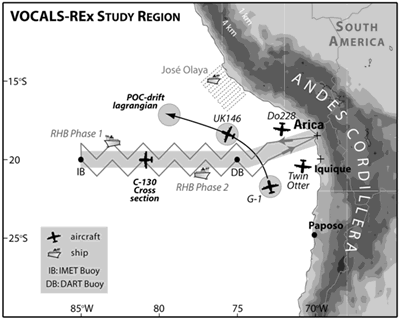
Scientists must work very hard! It will take time for them to understand the information they collected during VOCALS. They must study the measurements and use them to improve their models of clouds,
...more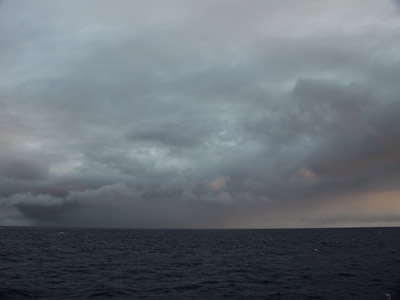
The Southeast Pacific region contains the world's largest set of stratocumulus clouds. These clouds extend for almost 2,000 kilometers (1,243 miles) off the west coast of South America from central Chile
...more














